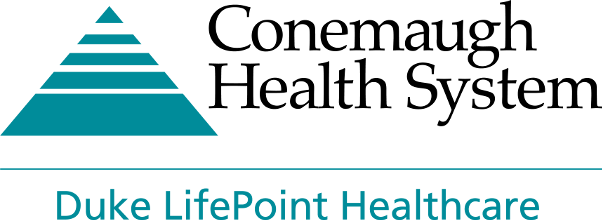Stroke
What is a Stroke?
Stroke is an emergency "brain attack", cutting off vital blood flow and oxygen to the brain. Ischemic stroke occurs when arteries are blocked by blood clots or by the gradual build-up of plaque and other fatty deposits.
About 87% of all strokes are ischemic.
Hemorrhagic stroke occurs when a blood vessel in the brain breaks, leaking blood into the brain. Hemorrhagic strokes account for 13% of all strokes.
TIA (Transient Ischemic Attacks)
- TIAs are warning signs of an impending stroke
- TIA symptoms are the same as for stroke
- TIA episodes resolve in minutes or hours, stroke can last longer and be more disabling
- Up to 40% of TIAs go onto have a full stoke: 5% within 2 days of a TIA and 10-15% within 90 days of a TIA
Seeking treatment within the first three hours of a stroke can significantly reduce life-threatening or long-term complications.
- Balance: Watch for sudden loss of balance
- Eyes: Check for vision loss
- Face: Look for uneven smile
- Arm: Check if one arm is weak
- Speech: Listen for slurred speech
- Time: Call 911 right away
In the event, you or someone you know is exhibiting these signs or experiencing these symptoms, B.E. F.A.S.T.! Call 911 immediately.
To learn more about stroke care at Conemaugh Health System, click here.
